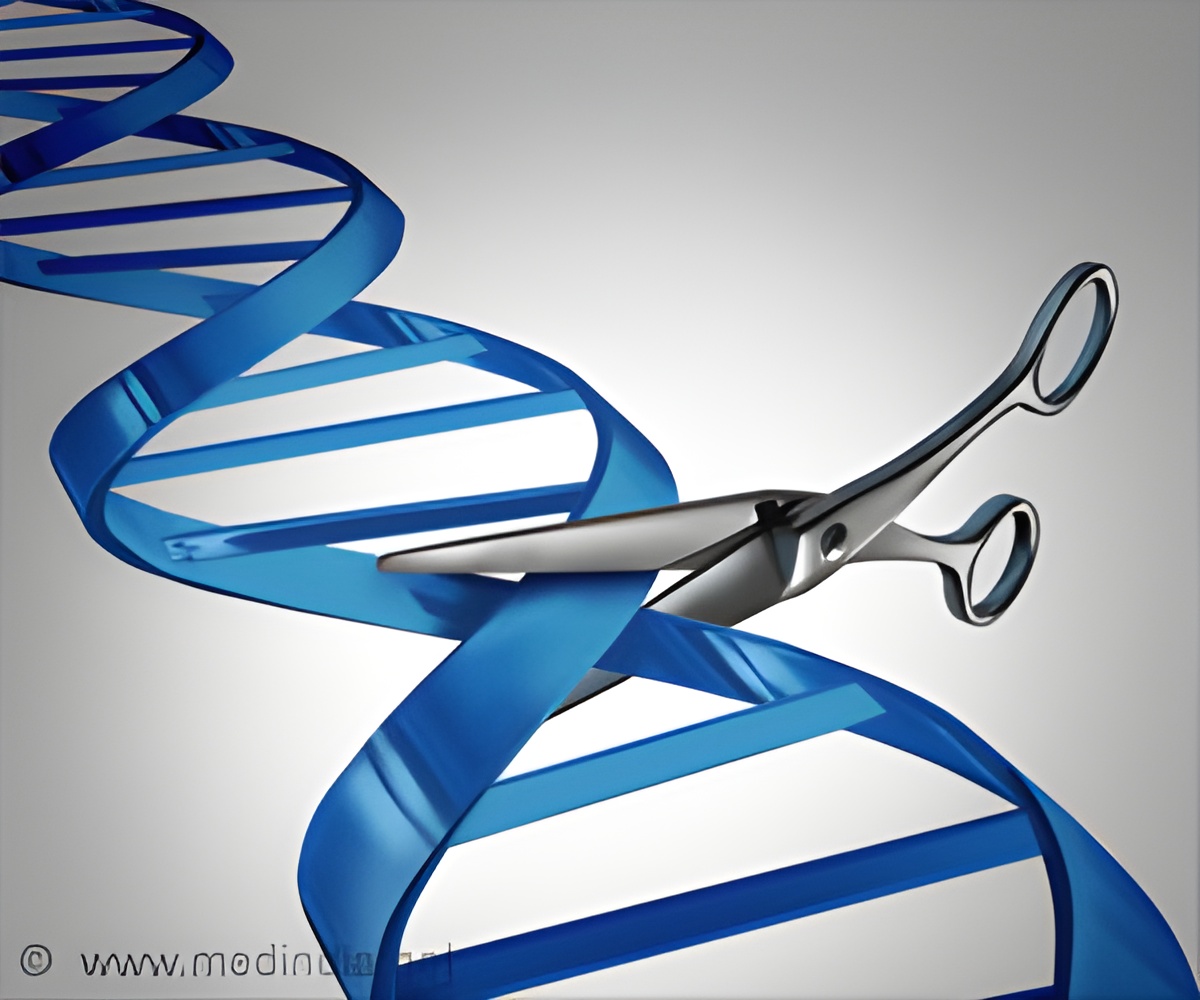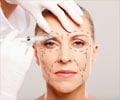CRISPR, the genome-editing technique has a potential impact on treating human disease includes several areas important to the plastic surgeon such as oncology, wound healing, immunology, and craniofacial malformations.

‘CRISPR gene editing is revolutionizing the potential of gene therapy due to its simplicity, specificity, efficiency, low cost, and versatility.’





CRISPR Has Implications for Congenital Malformations, Wound Healing, Transplantation and More CRISPR - the abbreviation stands for "clustered regularly interspaced short palindromic repeats" - was discovered as an adaptive immune mechanism in bacteria. Before the development of CRISPR techniques, gene editing was labor intensive and limited to laboratories with advanced molecular biology tools.
The authors discuss some key areas where CRSIPR has foreseeable implications for plastic surgery, including:
Craniofacial Malformations. Basic science studies using CRISPR techniques have already led to new insights into craniofacial developmental pathways. CRISPR enables quick identification of individual gene mutations, and may one day lead to the ability to correct mutations and prevent the development of cleft lip, cleft palate, and other congenital malformations.
Wound Healing and Tissue Repair. Gene therapy is a promising approach to enhancing wound and tissue healing. In addition to accelerated healing of skin wounds, CRISPR may lead to new approaches for repair and regeneration of bone, cartilage, nerve, and muscle.
Advertisement
Dr. Liao and colleagues emphasize that many challenges remain in realizing these and other clinical advances with CRISPR gene editing, including potential "off-target" effects, FDA regulation and high costs, and ethical issues related to genetic editing of human cells and tissues. The authors write, "The ASPS and its members should become stakeholders as well, and participate in future debates on the ethical use of CRISPR for the betterment of our patients."
Advertisement











